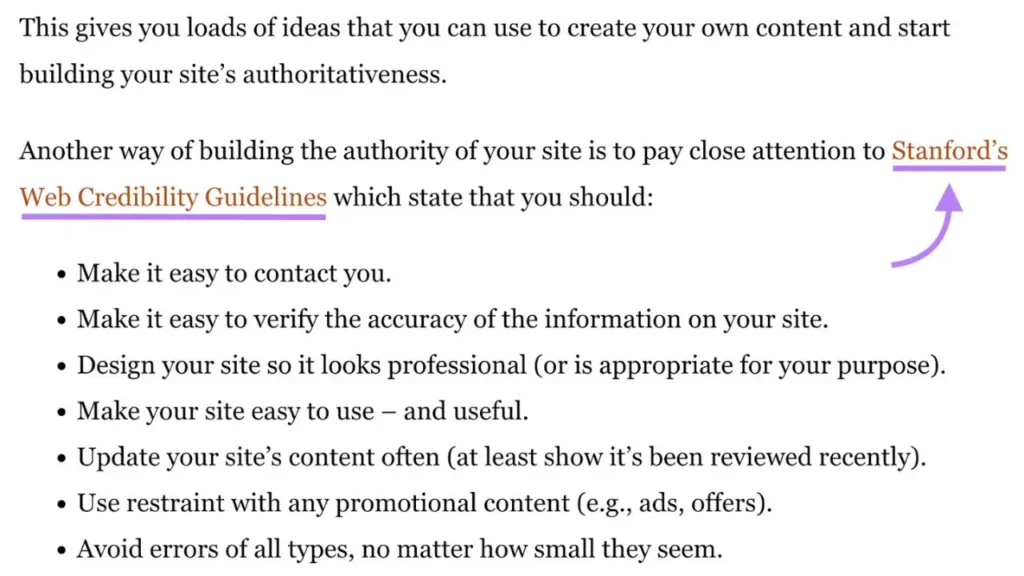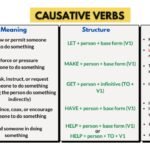How To Write An Article: Before Starting about any Article , You should Know…….. How to write an article, how to give a heading, how to start it, what to write in the middle of the article to make the article more interesting and what to write at the end, it is very important to know all these, so let’s first know about all these things.
How to Begin The Article
Frist Of fall you will have to start your Article Writing Title which you have given a the top on Titel Section after that you will have to start the Article from Beginning After writing starting point at the middle of the Article you will have to change the Pregraph and also will have to insert some Heading, Tables, Lists and Images.
At The Middle Of The Article
Images is the main part of Our Article because it makes the Article Interspacing and beautiful, So that weavers enjoy reading and show interest in reading further.
At The End Of The Article
At The end of the Article You will have to insert some links, lists and Other articles links ets. The article should be of minimum 500 words and maximum 2000 or 3000 words, you can write as much as you want.
4 Best Ways To Write Article in English
Writing an article involves several key steps: planning, researching, writing, and revising. Here’s a detailed guide on how to write an effective article:
1. Choose a Topic
Interest and Relevance: Select a topic that interests you and is relevant to your audience.
Scope: Make sure the topic is neither too broad nor too narrow.
2. Research

Gather Information: Use reliable sources such as books, academic journals, reputable websites, and expert interviews.
Take Notes: Organize your research findings and note down key points, quotes, and references.
3. Plan and Outline
Thesis Statement: Determine the main point or argument of your article.
Outline: Create a structured outline with headings and subheadings to organize your thoughts. A typical structure includes:
Introduction: Present the topic and state the thesis.
Body: Develop the main points, supported by evidence.
Conclusion: Summarize the key points and restate the thesis in a new light.
4. Writing the Article
Introduction:
Hook: Start with an interesting fact, quote, question, or anecdote to grab the reader’s attention.
Context: Provide some background information to set the stage.
Thesis Statement: Clearly state the main point or purpose of the article.
Body
Paragraph Structure: Each paragraph should focus on a single idea, starting with a topic sentence.
Evidence and Examples: Support your points with data, quotes, examples, and references.
Transitions: Use transitional phrases to connect ideas and maintain a smooth flow.
Conclusion
Summarize: Recap the main points discussed in the article.
Restate the Thesis: Reinforce the thesis statement in light of the discussion.
Closing Thought: End with a thought-provoking statement, call to action, or a look to the future.
The Evolution and Impact of Computers on Modern Society
Computers have become an indispensable part of modern life, transforming the way we live, work, and communicate. From their humble beginnings as room-sized machines to the sleek, powerful devices we use today, computers have undergone remarkable evolution. This article explores the history of computers, their technological advancements, and their profound impact on various aspects of society.

A Brief History of Computers
Early Beginnings
The history of computers dates back to the early 19th century with the invention of the Analytical Engine by Charles Babbage, often referred to as the “father of the computer.” However, it wasn’t until the mid-20th century that computers began to take shape in a form recognizable today. The first electronic general-purpose computer, ENIAC (Electronic Numerical Integrator and Computer), was developed in 1945. It was a massive machine, occupying an entire room, and was primarily used for military calculations.
The Era of Personal Computers
The 1970s and 1980s marked a significant shift with the advent of personal computers. Companies like Apple and IBM introduced computers that were smaller, more affordable, and accessible to the general public. The Apple II, released in 1977, and the IBM PC, launched in 1981, revolutionized the way people interacted with technology, making computing a part of everyday life.
Advancements in Technology
Over the past few decades, computers have seen exponential growth in processing power, storage capacity, and functionality. Moore’s Law, which predicts the doubling of transistors on a microchip approximately every two years, has driven rapid advancements. Modern computers are now incredibly powerful, capable of performing complex tasks with remarkable speed and efficiency. Innovations in software development have further expanded the capabilities of computers, enabling applications in artificial intelligence, virtual reality, and big data analysis.
The Impact of Computers on Society
Education
Computers have transformed the educational landscape, making information more accessible than ever before. Online learning platforms, digital textbooks, and educational software have democratized education, allowing students from all over the world to access high-quality resources. Interactive tools and simulations have enhanced the learning experience, making it more engaging and effective.
Healthcare
In the healthcare industry, computers play a crucial role in patient care, research, and administration. Electronic health records (EHRs) have streamlined the management of patient information, improving accuracy and accessibility. Advanced imaging technologies, such as MRI and CT scans, rely on computer processing to provide detailed insights into the human body. Additionally, computers facilitate the development of new treatments and drugs through sophisticated simulations and data analysis.
Business and Economy
Computers have revolutionized the business world, increasing efficiency and productivity. They enable automation of routine tasks, freeing up human resources for more complex and creative endeavors. The rise of e-commerce has transformed the retail industry, allowing businesses to reach a global audience. Data analytics and business intelligence tools help companies make informed decisions, optimize operations, and understand market trends.
Communication
- The way we communicate has been fundamentally changed by computers and the internet. Email, instant messaging, and video conferencing have made it possible to connect with anyone, anywhere, at any time. Social media platforms allow people to share information and experiences, fostering global connections and communities. These advancements have not only made communication faster but also more versatile and interactive.
- Challenges and Future Prospects
- Despite the numerous benefits, the proliferation of computers also presents challenges. Cybersecurity threats, such as hacking and data breaches, pose significant risks to individuals and organizations. The digital divide remains a concern, as not everyone has equal access to computer technology and the internet. Additionally, the rapid pace of technological change can lead to obsolescence and the need for continuous learning and adaptation.
- Looking ahead, the future of computers promises even more exciting developments. Quantum computing, which leverages the principles of quantum mechanics, has the potential to solve problems that are currently beyond the reach of classical computers. Advances in artificial intelligence and machine learning will further enhance the capabilities of computers, driving innovation across various fields.
Conclusion
The evolution of computers from their early inception to the advanced machines of today has had a profound impact on society. They have transformed education, healthcare, business, and communication, making our lives more efficient and int.
Read Also:
- How to Speak English At Home With Yourself
- Proper Noun in Hindi: Definition, Facts & Examples
- Common Noun in Hindi: Definition, Facts & Examples
- Degree in Hindi: Definition, Rules & Examples






